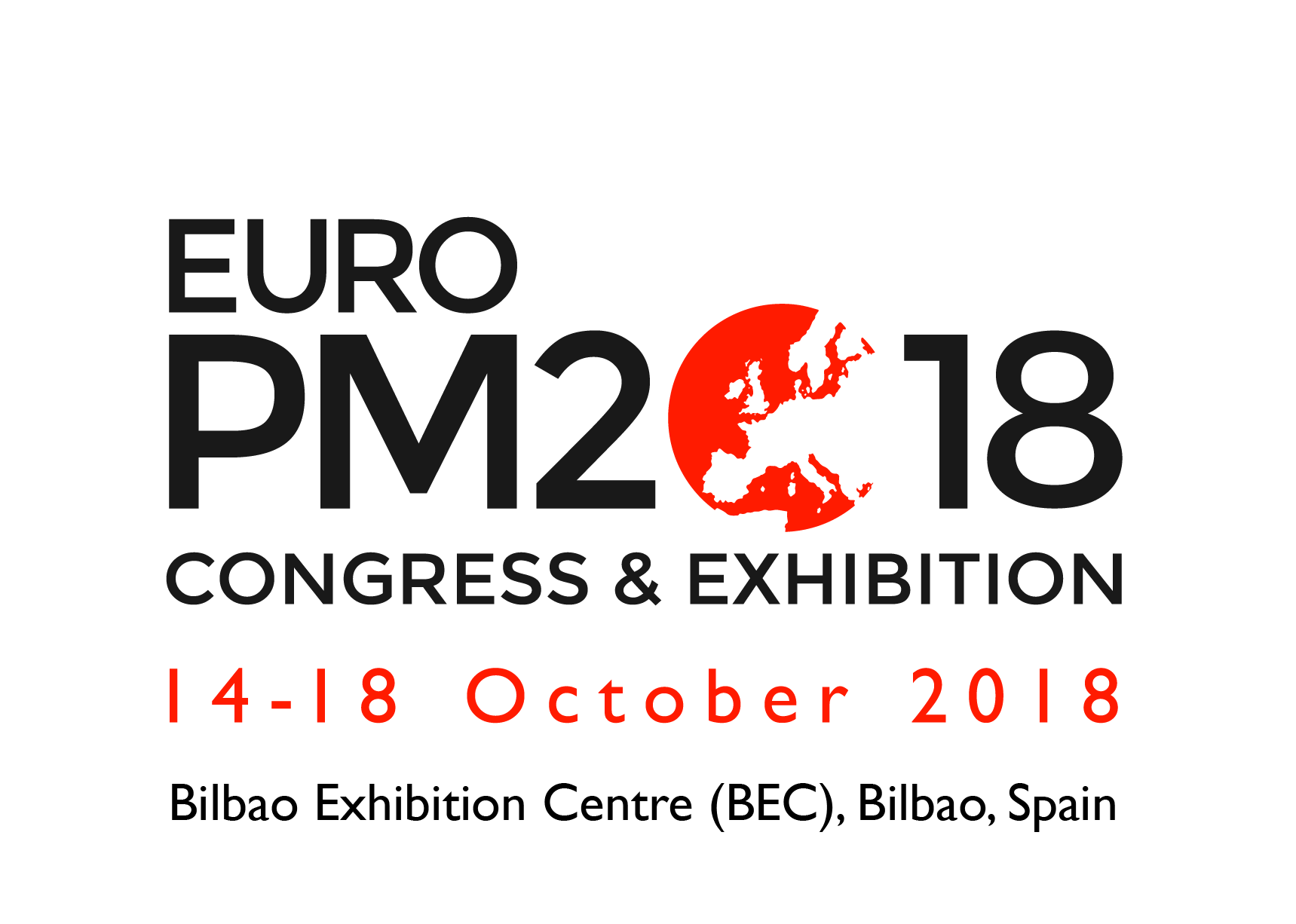Research Article
Electrolyte Materials for Solid Oxide Fuel Cell
Mridula Biswas*
High Tmperature Energy Materials Centre, Korea Institute of Science and Technology, 39-1 Hawolgok, Seongbuk, Seoul 136-791, South Korea
- *Corresponding Author:
- Mridula Biswas
High Temperature Energy Materials Centre
Korea Institute of Science and Technology
39-1 Hawolgok, Seongbuk, Seoul 136-791, Korea
Tel: +919836050800
E-mail: luckymridula@gmail.com
Received Date: September 05, 2013; Accepted Date: October 04, 2013; Published Date: October 11, 2013
Citation: Biswas M (2013) Electrolyte Materials for Solid Oxide Fuel Cell. J Powder Metall Min 2:117. doi: 10.4172/2168-9806.1000117
Copyright: © 2013 Biswas M. This is an open-access article distributed under the terms of the Creative Commons Attribution License, which permits unrestricted use, distribution, and reproduction in any medium, provided the original author and source are credited.
Abstract
The first criterion for the electrolyte of solid oxide fuel cells (SOFC) is to have sufficient ionic conductivity without any significant electronic conductivity. Since the cell operates at high temperature, it must withstand that operating temperature along with stability in both reducing and oxidizing environments. It must be impermeable to gas to prevent mixing between fuel and oxidizer before they reach to the reaction sites. There are two groups of electrolytes based on their ion conducting phenomenon. They are oxide ion conducting and proton conducting. Oxide ion conducting materials are widely used. Therefore, the primary focus is given on these materials.

 Spanish
Spanish  Chinese
Chinese  Russian
Russian  German
German  French
French  Japanese
Japanese  Portuguese
Portuguese  Hindi
Hindi 

